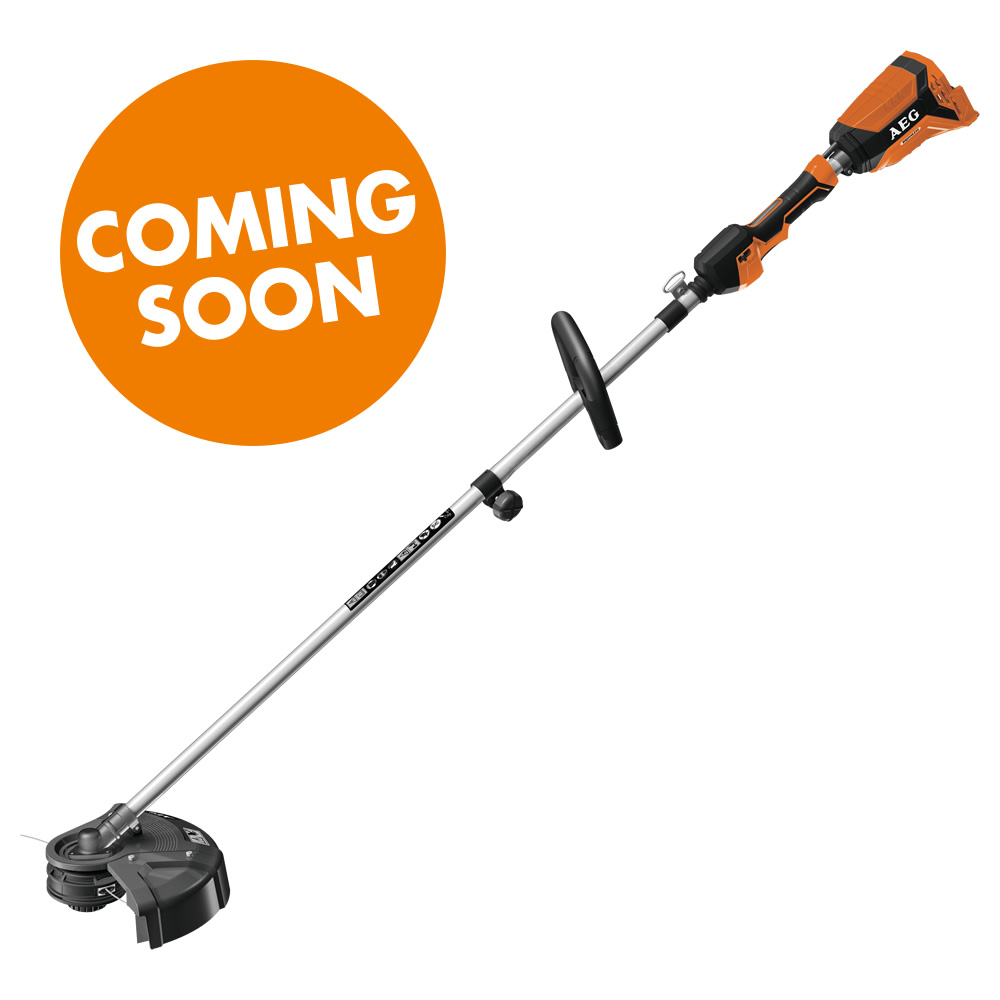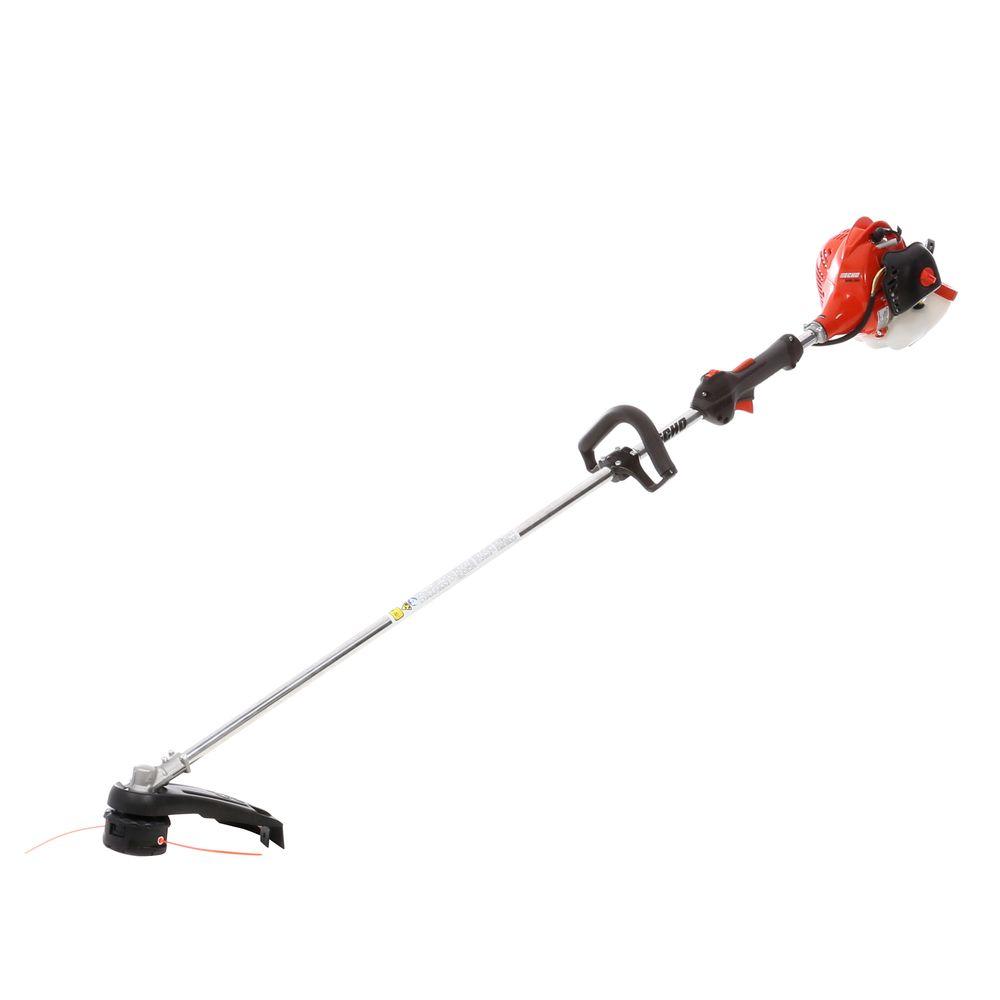

Newly extended line operates more efficiently because of its heavier weight and surface effects. Newer models "auto-feed", where a small cutter ensures the exposed length does not exceed what can be swung efficiently. The operator controls the height at which cutting takes place and can trim down to ground level quite easily.Īs the line is worn, or breaks off, a bump feed string trimmer the operator knocks the reel on the ground so a release mechanism allows some of the line in the reel to replace the spent portion. The motor turns the reel and the line extends horizontally while the operator swings the trimmer about where the plants are to be trimmed.


The line is hand-wound onto a reel before the job is started, leaving both ends extending from the reel housing. These lines make solid disks less necessary for tough jobs. Some monofilament lines designed for more powerful cutters have an extruded shape, like a star, that helps the line slash the material being cut the line is thus able to cut quite large woody plants (small shrubs) or at least girdle them effectively. Even round-section nylon line is able to cut grass and slight, woody plants quite well. UK / Ireland - Strimmer, Grass trimmer or brushcutters Ī string trimmer works on the principle that a line spun fast enough on its center stiffens by centrifugal force the faster the hub turns, the more rigid the line.Australia and Canada - whipper snippers.South Africa - Line trimmer or brushcutter.The terminology used to refer to string trimmers varies by country and sometimes state: From it has been backformed the colloquial verb "to strim". The word "strimmer" is correctly a trade name for a particular make of string trimmer, but it is often used as a generic for any string trimmer. Ballas developed this into what he called the "Weed Eater", since it chewed up the grass and weeds around trees. His first trimmer was made by attaching pieces of heavy duty fishing line to a tin can bolted to an edger. string trimmer was invented in the early-1970s by George Ballas of Houston, Texas, who conceived the idea while watching the revolving action of the cleaning brushes in an automatic car wash. The first brush cutter was produced in Japan in 1960 by Echo. Most professional-grade line trimmers can accept attachment blades to be used as brush cutters for more dense vegetation. String trimmers are commonly used for cutting low foliage near obstacles or on steep or irregular terrain. It uses a whirling monofilament line instead of a blade, which protrudes from a rotating spindle at the end of a long shaft topped by a gasoline engine or electric motor. A man using a gasoline-powered string trimmerĪ string trimmer, also known by the portmanteau strimmer and the trademarks Weedwacker, Weed Eater and Whipper Snipper, is a garden tool for cutting grass, small weeds, and groundcover.


 0 kommentar(er)
0 kommentar(er)
